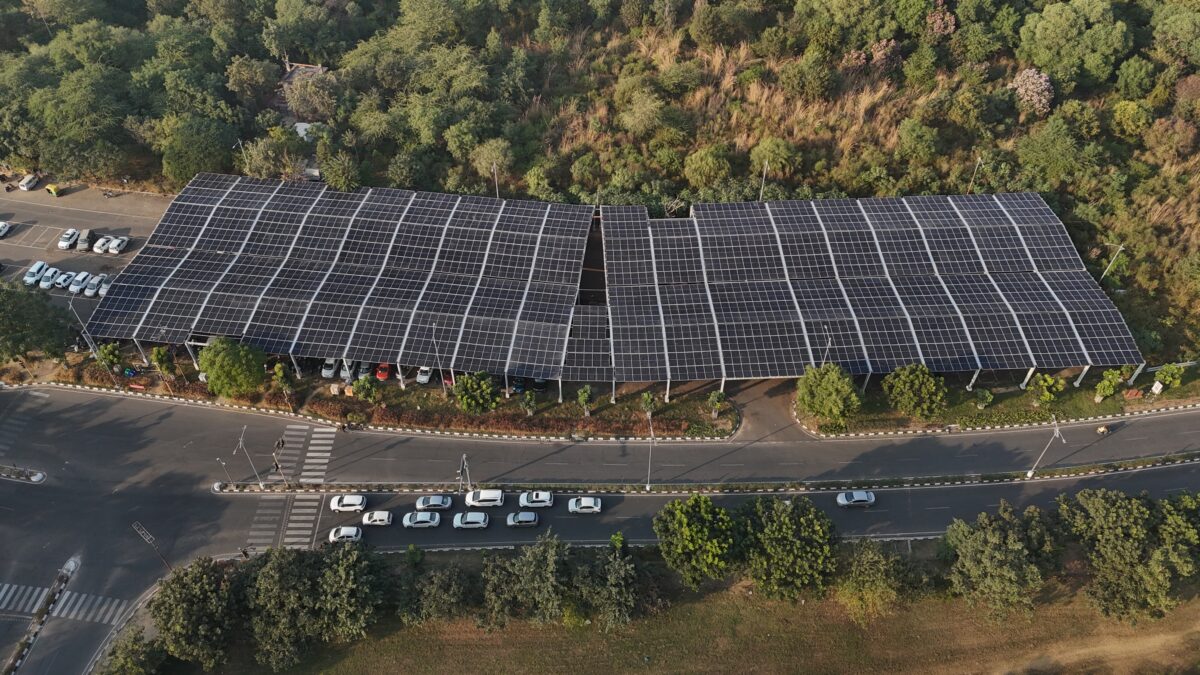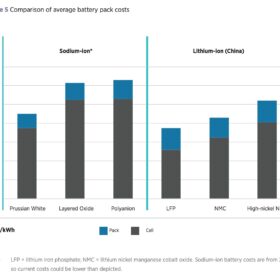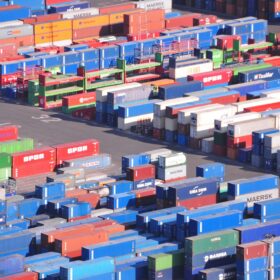As India accelerates toward its 2030 renewable energy targets, the conversation is shifting from centralized generation to distributed, consumer-driven solar adoption. Among the most promising – and underreported – drivers of this transition is the surge in captive solar projects across industrial sectors.
While utility-scale projects continue to scale up, it’s the rise of factory-owned solar that is quietly redefining the market. Driven by rising electricity costs, sustainability mandates, and supportive policy frameworks, captive solar is emerging as a powerful tool for industries seeking greater control over energy consumption, costs, and carbon emissions.
A market shift driven by economics and urgency
The commercial and industrial (C&I) sector accounts for a major share of India’s electricity consumption. For many businesses, especially in manufacturing-heavy regions, electricity costs represent a significant portion of operational expenses. With grid tariffs continuing to rise and cross-subsidy charges adding further pressure, the case for captive solar is becoming stronger by the day.
Recent trends suggest a growing preference for on-site or group captive solar plants, where businesses generate electricity for their own use—either from a rooftop or a dedicated off-site solar farm. The levelized cost of electricity from such installations is now often 20-40% lower than grid tariffs, depending on state regulations and project scale.
Unlike third-party PPAs, captive models also offer greater financial predictability and operational control – attributes that are increasingly valuable in today’s volatile energy landscape.
Policy enablers and infrastructure momentum
Several states have responded with favorable policy measures. Open access regulations are gradually improving, banking mechanisms are being streamlined, and regulatory authorities are showing increased engagement with C&I consumers. While some friction remains—especially around net metering and wheeling charges—there is visible momentum toward making captive solar viable at scale.
The temporary relaxation of the ALMM mandate has further opened up procurement flexibility for EPCs, while schemes like the PM-KUSUM for rural industries and MSME-focused incentives are encouraging smaller players to join the transition.
Crucially, the Ministry of Power’s recent push toward Green Energy Open Access regulations is likely to give the sector added traction, making it easier for captive users to access low-cost renewable energy across states.
Execution complexity is creating new EPC expectations
The rise of captive solar has also reshaped the role of EPC companies. Industrial clients expect more than installation—they demand full lifecycle support: from feasibility and regulatory approvals to performance monitoring and proactive O&M.
Captive plants are inherently more complex than standard solar deployments. They often involve:
- Custom engineering for uneven rooftops, constrained industrial spaces, or water reservoirs
- Integration with DG sets, batteries, or hybrid systems
- Safety protocols aligned with industrial standards
- Real-time energy dashboards and AI-enabled maintenance
This is pushing EPCs to evolve into energy partners, not just contractors. The emphasis is on minimizing downtime, optimizing yield, and ensuring regulatory compliance across the 25-year life of the plant.
Geographic and sectoral growth hotspots
Industrial belts in Punjab, Haryana, Maharashtra, Gujarat, and Tamil Nadu are becoming hotspots for captive solar. The drivers vary from steep tariffs and policy incentives to strong ESG commitments by export-oriented businesses, but the result is the same: a distributed solar network powering India’s industrial economy.
Interestingly, the demand is no longer limited to large corporations. MSMEs, clusters, and even warehousing operators are exploring group captive models and rooftop solar as entry points to reduce energy dependence and improve margins.
With better financing, maturing digital tools, and a growing ecosystem of service providers, the barriers to entry are lower than ever.
Conclusion: The captive opportunity is strategic, not supplementary
Captive solar isn’t merely a “cost-saving measure” – it is becoming central to how industries plan their future. It aligns energy consumption with environmental responsibility and brings resilience to operations in a climate-sensitive world.
India’s private sector is quietly becoming a producer, not just a consumer, of clean energy. As solar EPCs step into more strategic roles, and policies catch up with on-ground demand, captive solar may well prove to be the segment that most directly links the green energy transition to economic competitiveness.
About the author: Jaspal Singh is the Chief Technology Officer at Solidus Techno Power Pvt. Ltd., a solar EPC firm serving industrial and commercial clients across India..
The views and opinions expressed in this article are the author’s own, and do not necessarily reflect those held by pv magazine.
This content is protected by copyright and may not be reused. If you want to cooperate with us and would like to reuse some of our content, please contact: editors@pv-magazine.com.








By submitting this form you agree to pv magazine using your data for the purposes of publishing your comment.
Your personal data will only be disclosed or otherwise transmitted to third parties for the purposes of spam filtering or if this is necessary for technical maintenance of the website. Any other transfer to third parties will not take place unless this is justified on the basis of applicable data protection regulations or if pv magazine is legally obliged to do so.
You may revoke this consent at any time with effect for the future, in which case your personal data will be deleted immediately. Otherwise, your data will be deleted if pv magazine has processed your request or the purpose of data storage is fulfilled.
Further information on data privacy can be found in our Data Protection Policy.